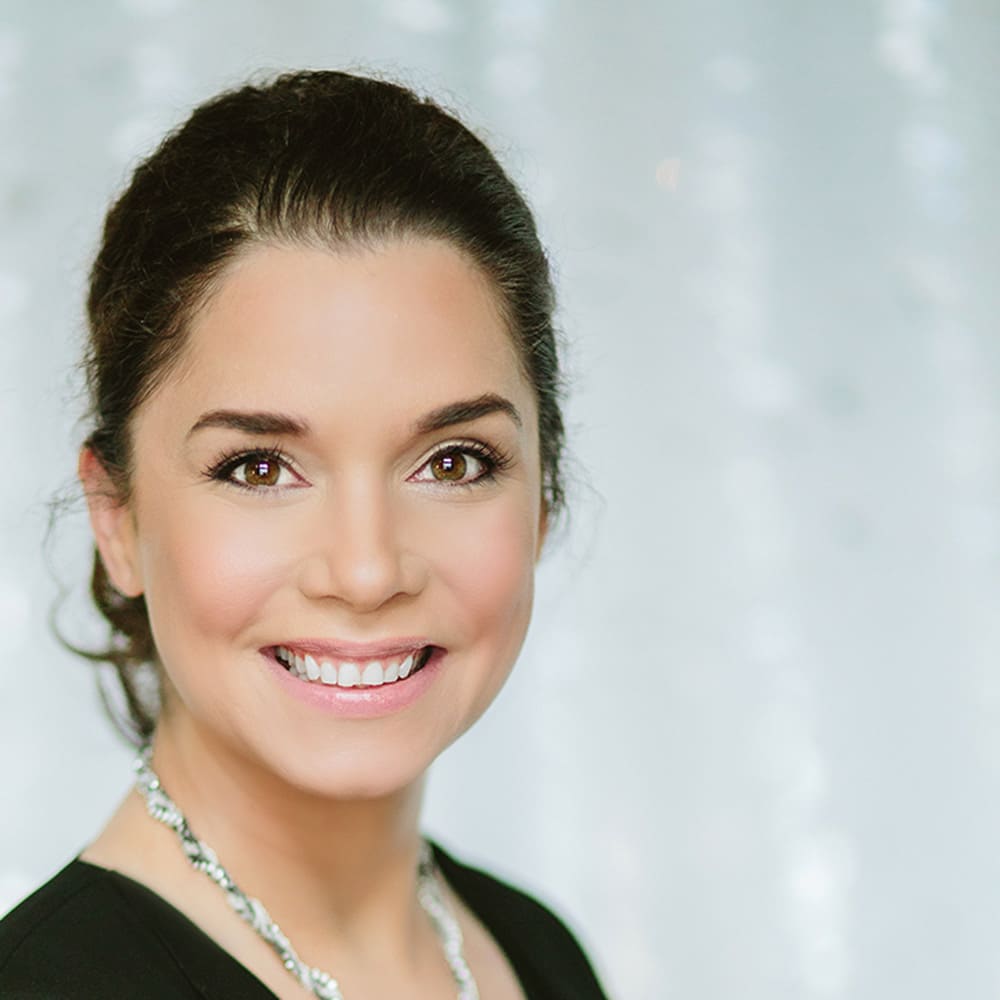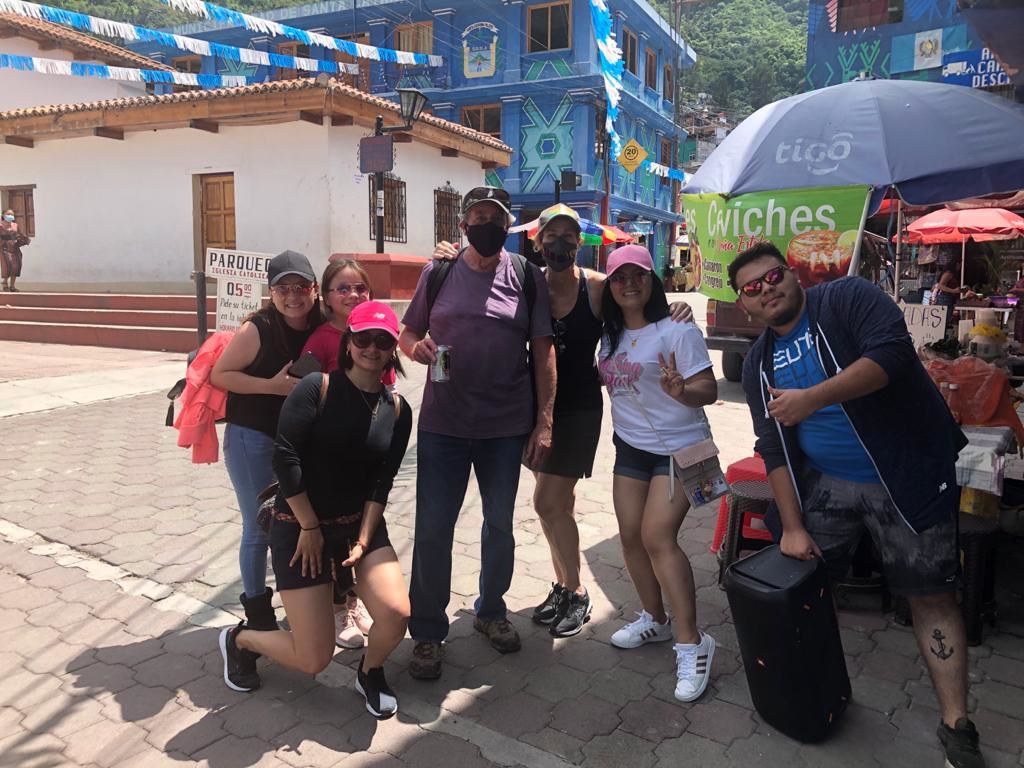Ethical rings are crafted with conscious sourcing, sustainable practices, and fair labour standards in mind. Read on to learn more about ethical rings and where to buy them.
What Are Ethical Rings?
Ethical rings are made from recycled or responsibly sourced materials, with fair wages and respect for workers’ rights. The people who mine the metals and gemstones should be given a living wage, healthcare, adequate access to toilets, minimum and maximum hours to work, etc. This applies to the people who make the jewellery, too, and to anyone else involved in the process.
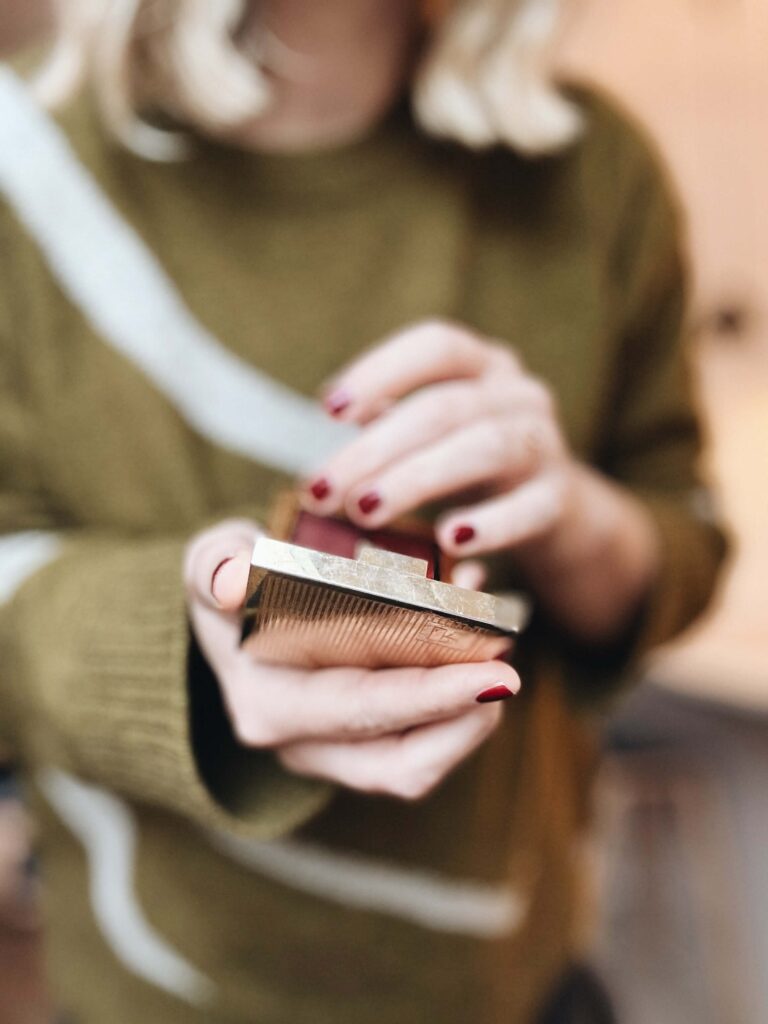 The gem ring I’m wearing in the images is from Caroline Hjerpe. All its jewellery is designed and handmade in Sweden. The rings are unique colours and shapes, and because they use selected small family-run gemstone cutters, it’s possible to know the origin of every gemstone. Caroline Hjerpe uses recycled gold and silver. I’m wearing a peach sapphire surrounded by gold. I’m trying to figure out which colour to buy next. Caroline Hjerpe also sells secondhand versions of their rings; they work out a little cheaper and are even more eco-friendly.
The gem ring I’m wearing in the images is from Caroline Hjerpe. All its jewellery is designed and handmade in Sweden. The rings are unique colours and shapes, and because they use selected small family-run gemstone cutters, it’s possible to know the origin of every gemstone. Caroline Hjerpe uses recycled gold and silver. I’m wearing a peach sapphire surrounded by gold. I’m trying to figure out which colour to buy next. Caroline Hjerpe also sells secondhand versions of their rings; they work out a little cheaper and are even more eco-friendly.
For more ethical jewellery, try the following:
Hoop Earrings – Sustainable Jewellery For Everyday
Sustainable Jewellery – Beautiful and Unique
10 Recycled Necklaces That Are Made In The UK
Sustainable Earrings
100 Ways to Embrace Sustainable Fashion
What is an ethical alternative to diamond rings?
Lab-grown diamonds are more ethical than mined diamonds. They have the same composition but are obviously grown in a lab. Many jewellers offer them as an alternative nowadays and usually advertise they are doing so. Buying conflict-free diamonds is possible; check the jeweller’s certification to ensure they are conflict-free. It’s also good to know where they were mined; many countries have better worker rights for miners. Another alternative is to buy a different gemstone; moissanite is a close alternative to diamonds and is man-made in a lab, although the energy used to produce man-made gems can be high. Vintage and secondhand diamonds are also an option.
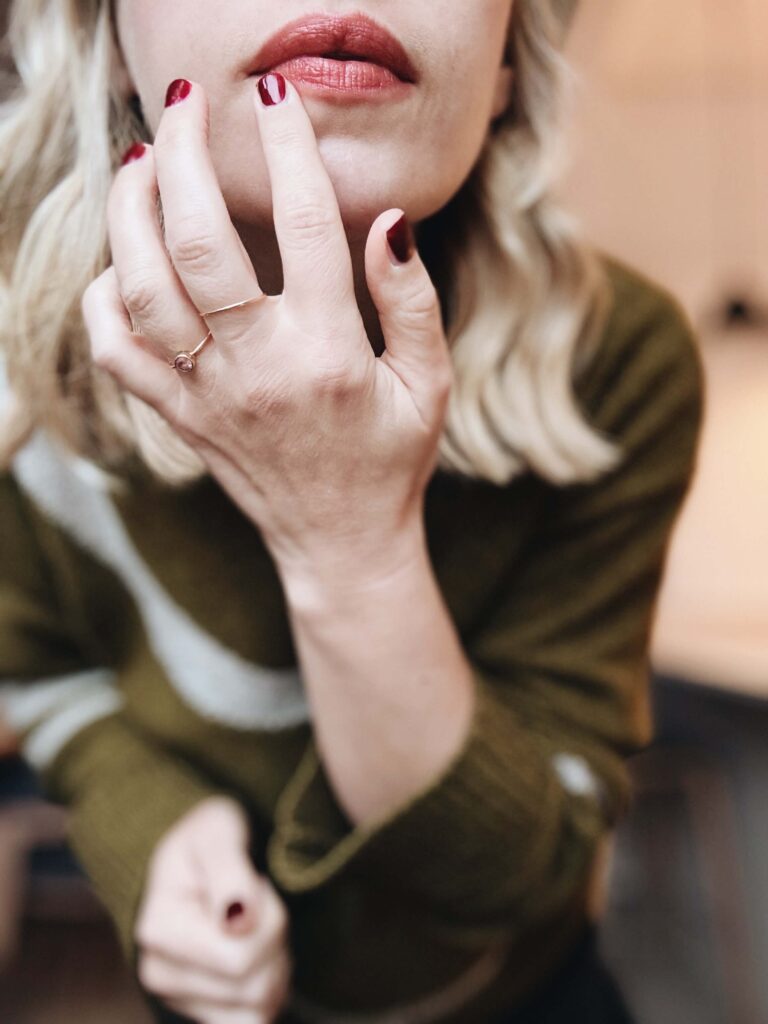 Are luxury brands sustainable?
Are luxury brands sustainable?
Luxury brands are often not sustainable when it comes to jewellery. They are often more focused on profit than other brands, especially if listed on the Stock Market. Check each brand carefully before buying from them. The website usually indicates if they are interested in sustainability. If this is the case, they will have certifications and reports. Many brands I checked had certifications for conflict-free diamonds and other stones but not so much for metals, i.e. gold, silver, and platinum.
Is there such a thing as ethical mining?
Mines can operate ethically by paying the workers appropriately and ensuring workers’ rights are met. They must also ensure the land is treated appropriately to produce less pollution during production and after the mine is closed. Over-mining can also be an issue, causing excess damage to the land and surrounding environment. The mines provide employment to many people, often in poorer areas.
It can be difficult to know about each mine when buying jewellery, so it’s essential to be able to trust the jeweller. Ask them questions if you don’t see enough information on their website or in-store. Artisanal mining is less land-invasive and a more sustainable option.
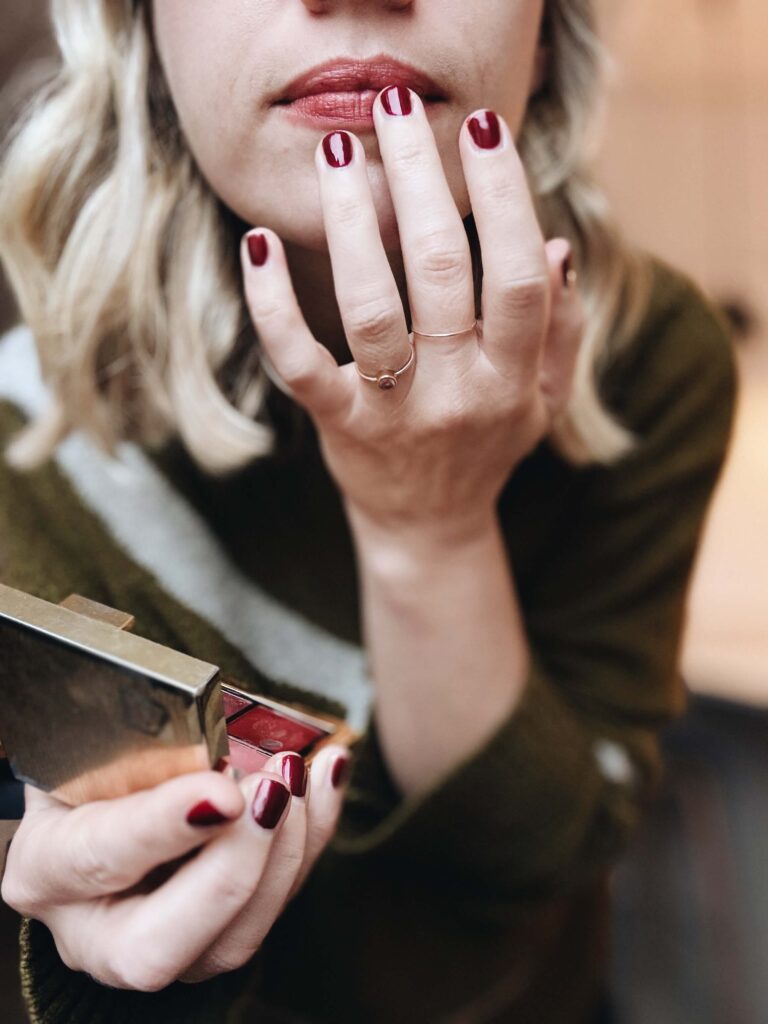 Here are a few simple tips for buying an ethical ring
Here are a few simple tips for buying an ethical ring
The first thing to do is research brands; I’ve listed some below. Support jewellers committed to ethical practices, such as fair labour conditions and sustainability. Look for certified materials and choose rings with conflict-free diamonds or lab-grown alternatives. Seek ethical sources with transparent supply chains and ask the brand where the ring is from. For example, The Responsible Jewellery Council audits its members to ensure responsible sourcing.
Opt for recycled metals, for example, rings crafted from recycled gold, silver, or platinum, which will reduce environmental impact. Custom or vintage rings can offer eco-friendly alternatives by reducing demand for new mining. Always ask for transparency on sourcing and production methods.
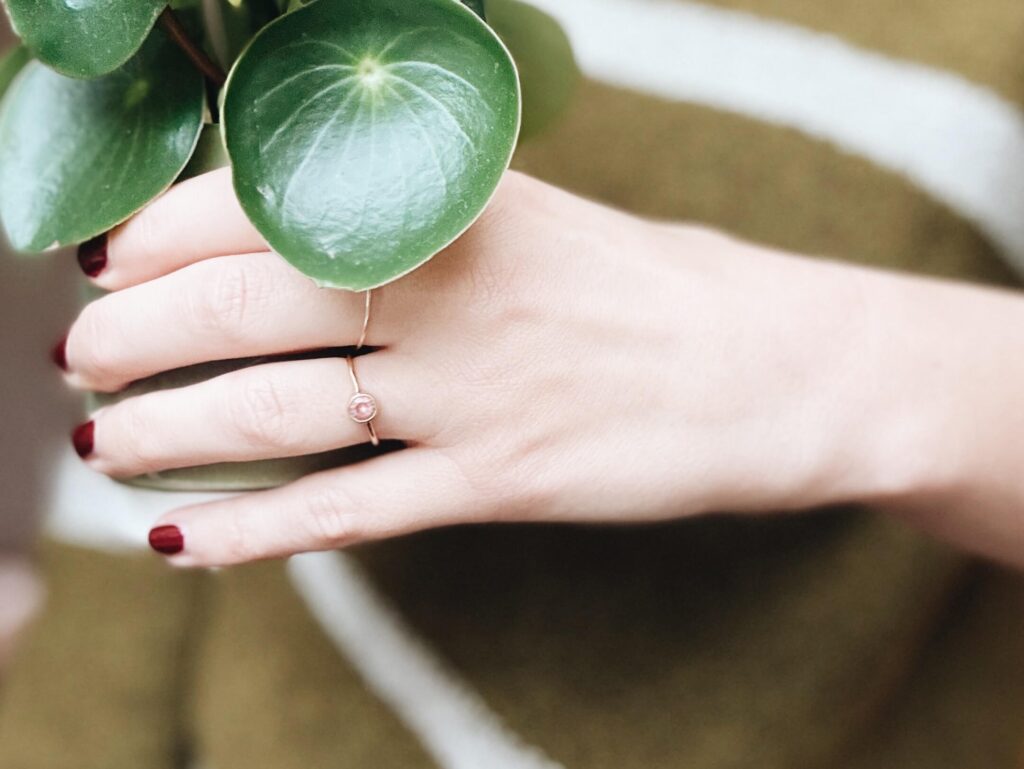 Where to buy ethical rings
Where to buy ethical rings
This handmade ring is fully recycled and made in London in the Loveness Lee workshop. It’s solid gold and hallmarked at the Assay Office in London. It’s the perfect stacking ring, simple but with a beautiful texture. This spiral ring from Rachel Entwistle is more of a statement piece made with recycled silver and gold vermeil. It would look lovely on its own with a minimalist outfit.
This lab grown diamond and 18K recycled gold cluster ring from Mathilde is beautiful. I also love their diamond stud collection, all made with lab grown diamonds. I love a stacking ring, especially this recycled sterling silver one from Wild Fawn. Wild Fawn make it’s pieces in London, I’m wearing one of their necklaces in this post.
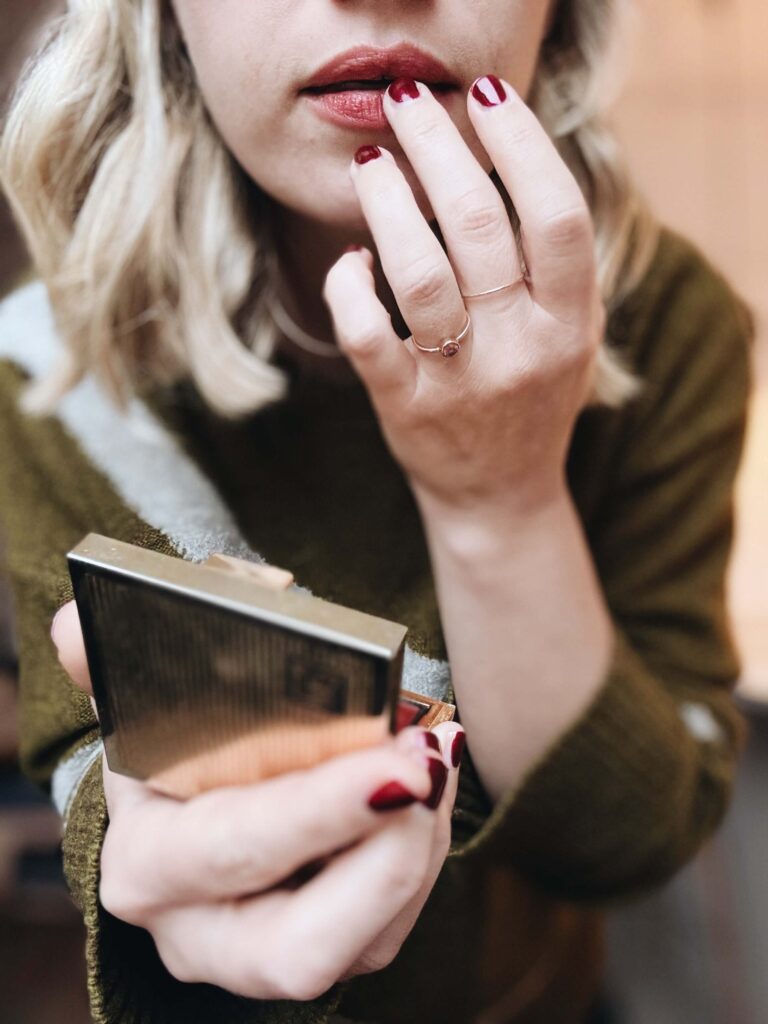 The emerald-cut green moissanite and lab-grown diamond ring from Ethica Diamonds is a beauty. I like the fact that it’s called ‘The Evelyn Ring.’ It’s an Art Deco design made with recycled gold. For a guaranteed conflict-free salt and pepper diamond, try this ring from Lebrusan Studio. The diamond was mined in Canada and is probably prettier than a brilliant diamond. The band is made from recycled gold, and I love the design of it. The ring was made as part of the “Created in the UK” initiative.
The emerald-cut green moissanite and lab-grown diamond ring from Ethica Diamonds is a beauty. I like the fact that it’s called ‘The Evelyn Ring.’ It’s an Art Deco design made with recycled gold. For a guaranteed conflict-free salt and pepper diamond, try this ring from Lebrusan Studio. The diamond was mined in Canada and is probably prettier than a brilliant diamond. The band is made from recycled gold, and I love the design of it. The ring was made as part of the “Created in the UK” initiative.
 Vintage Rings
Vintage Rings
Some of the best rings on the market are vintage. However, knowing where the stones and metals were mined is difficult unless they still have certification. The designs can often be different from the new rings on sale nowadays. This vintage sapphire, diamond and gold ring is so beautiful. It’s from Rock n Rose, which has a lovely vintage jewellery collection.
This is a Victorian style diamond daisy ring with a yellow gold band from Philip Lloyd. They have a few similar rings if you like this style as well as lots of other vintage styles. Vintage rings can be unusual too, like this shamrock ring with three different coloured pearls and diamonds and a golden band.
 Subscribe for more
Subscribe for more
Subscribe to my Substack Newsletter for more sustainable tips, or follow me on Instagram.

